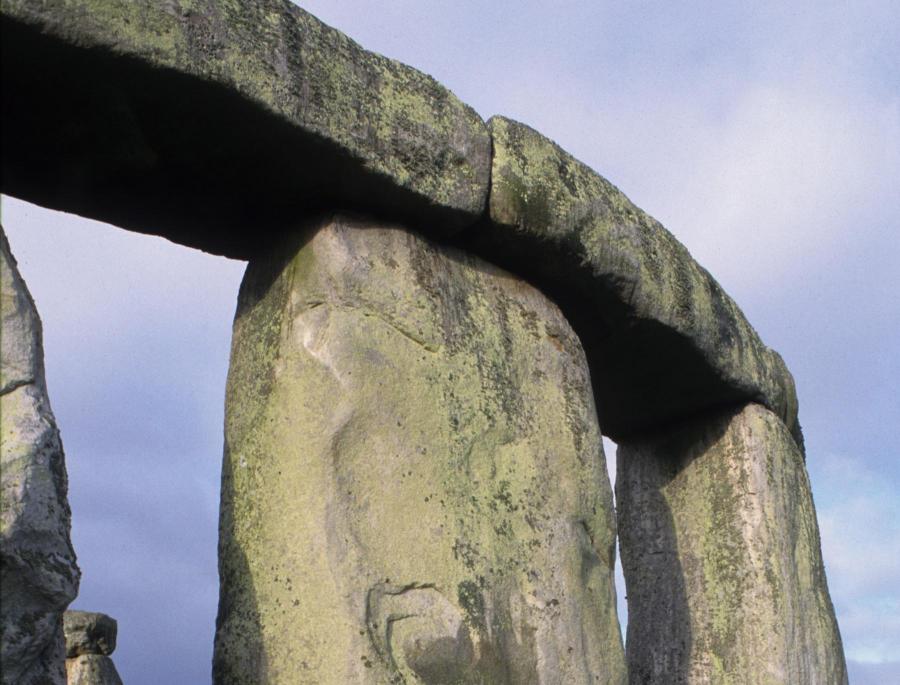The world famous megalithic structure known as Stonehenge dates back to the Bronze Age with earlier phases dating back even further into prehistory.
In the middle Bronze Age, activities at Stonehenge included marking and carving some of the stones with depictions of bronze flanged axes and a daggers. In more recent times, names have been carved, including, allegedly, the famous 17th/18th century architect, Sir Christopher Wren.
Wessex Archaeology in conjunction with Archaeoptics and the English Heritage Centre for Archaeology were able to investigate the carvings using Terrestrial Laser Scanning (TLS) as part of research and development into the use of laser scanners for archaeological recording in 2002-3 before the technique had become widely adopted.
Fine surface detail
This project required very high resolution data capture in order to examine the surfaces of the stones and at that time, the majority of laser scanners could not achieve anywhere near the resolution required. As such, a type of scanner called a triangulating laser scanner was used as these systems are capable of recording much finer detail than time-of-flight based systems, including pulsed and phase systems; The carvings themselves are only a fraction of a millimetre deep in places so any scanner used must be able to record with a suitably high degree of precision.
The combination of very fine resolution data, specialist software and the skilled team at Wessex Archaeology and Archaeoptics paved the way for some very interesting and ground-breaking discoveries as well as demonstrating the capacity of the technology for such work.
Conclusions
Using the right type of scanner for the job in hand is very important. Some record in colour, some don’t; some are only accurate to a few millimetres whilst others are accurate to tens of microns, some have much longer or shorted ranges, some function as survey instruments whilst other function more like cameras. Wessex Archaeology have experience with all types of systems so would always deploy a suitable scanner or other technique depending on the needs of the project.
